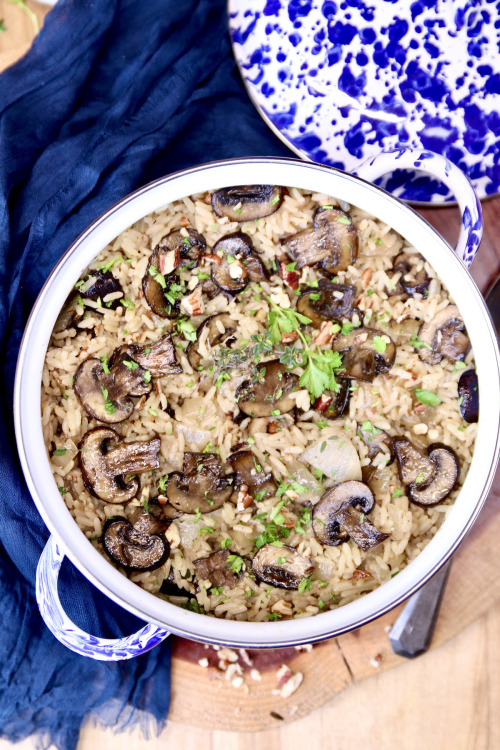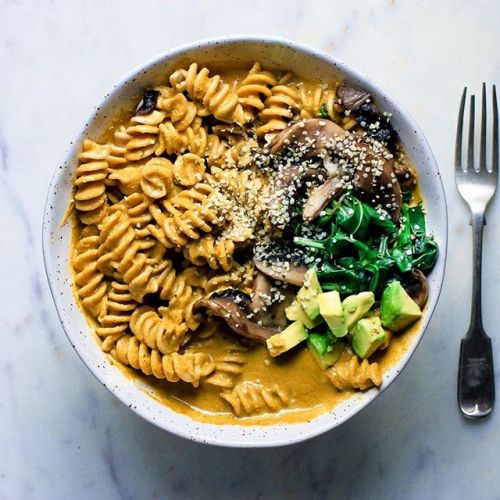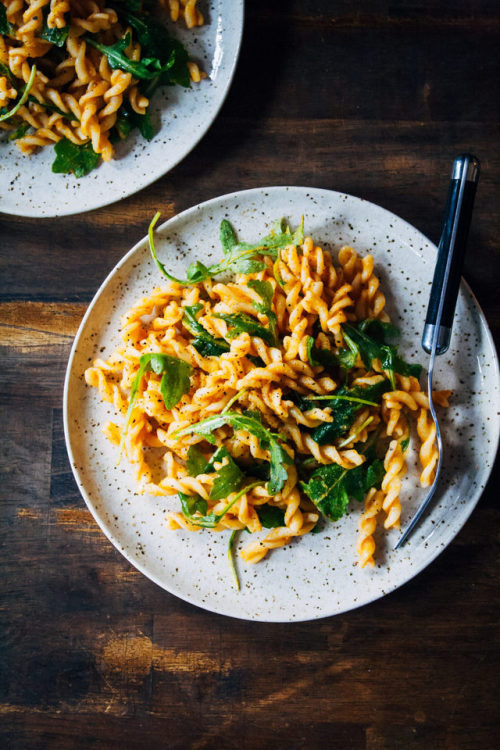#one pot
Abduction, Dialogicality and Prior Text: The Taking on of Voices in Conversational Discourse
By: Deborah Tannen
Published by: Linguistic Society of America
Annual Meeting Plenary Address
January 8, 2009
LL Abstract:
In this address, Deborah Tannen outlines a theoretical framework for the notion of dialogicality, or the way that people draw on constructed voices of others to display identities that either display relationship status or hierarchies in a given interaction. Focusing on the constructed dialogue strategy of ventriloquizing, or the practice in which a speaker uses phonological, lexical, and syntactic resources to take on the voice of another or of an alternative personal persona. Illustrating her claims with examples from natural conversation, she argues that this animation allows speakers to negotiate two dynamics shaping conversation: relative closeness or distance on one hand, and relative hierarchy or equality on the other.
LL Summary:
Tannen (2009) begins this address by connecting Penelope Eckert’s work on indexicality and personae to her framework of meaning in interaction, noting the influence of Bateson, Bakhtin, and Becker. Describing her address as dealing with prior text and thus intertextuality, she next introduces her focus on the discursive strategy of reported speech, which she characterizes as “constructed dialogue” due to how speakers use this strategy to “take on the persona” of others. Tannen then outlines her theoretical framework, beginning with Mikhail Bakhtin’s (1952-53 [1986])views on dialogicality (or the interplay between current and previously experienced instances of language). Bakhtin describes every utterance as full of echoes and reverberations of other utterances, so that a current utterance is in “dialogue” with previous utterances. After explaining Gregory Bateson’s (1979) ideas on meaning as relationships from things to other things, Tannen ends this section by adopting A.L. Becker’s (1995) concept of ‘languaging’, where language is context-shaping (in other words, context is created by language) and outlined by a series of six relations. Before moving on to further examples, Tannen explains her own theoretical framework of the ambiguity and polysemy of connection and power. In her concept, every utterance and relationship results from a combination of two dynamics driving conversational discourse: relative closeness vs. distance and relative hierarchy vs. equality. She gives the example of overlapping speech, which can be in some instances be an interruption (or power maneuver) and in others be a cooperative overlap (as an enthusiastic chiming in or “cooperative overlap”, a connection maneuver). In her theory, such a display can be both polysemous (both a connection and power play) or ambiguous (can be either of the two moves). In the next part of her address, Tannen uses examples of ventriloquizing to show how people take on voices of others to introduce a persona, and to borrow characteristics from that persona in a move of creating closeness or distance with their interlocutor. In the family interactions she describes, fathers take on the voices of mothers to downplay directives, mothers voice dogs to get their kids to clean toys, children voice themselves and fathers, and expecting mothers voice their unborn children to chastise fathers-to-be. In these examples, Tannen argues that speakers communicate meaning by taking on voices that create personas, then borrow recognizable characteristics associated with them to negotiate relative connection and hierarchy. She concludes by revealing the role of this linguistic strategy in shaping family relations, arguing that intertextuality plays a key role in shaping discourse and the negotiation of connection and power in interaction.
LL Recipe Comparison:
This address reminds me of the recipe for one-pot Parmesan and Garlic Linguine:

Much as this delicious dish is remarkably easy to make (in one pot!), you will find this address remarkably easy to consume quickly! Tannen raises some thoughtful arguments about the role of prior text in conversation, and you will raise normal arguments with your family about who gets to finish this garlicky, cheesy pasta. I’d recommend adding some sun-dried tomatoes or dried kalamata olives to add a pit of texture to this amazing recipe, and it only takes 15 minutes to make! Good Cooking!
MWV 9/22/18
Golden Fried Rice (黄金炒饭, Huang Jin Chao Fan)
If you love fried rice, you’ll go crazy for this classic Chinese golden fried rice featuring crispy rice coated in egg yolk, tender shrimp and asparagus.Recipe =>https://omnivorescookbook.com/golden-fried-rice/
Post link
Vegan Fall Soup Round Up
Cozy & Cheesy Vegan Meatball Soup
Instant Pot Red Curry Kuri Squash Soup (GF)
Curried Beet Soup With Tandoori Chickpeas (GF)
1-Pot Vegan Tortilla Soup (GF)
1-Pot Everyday Lentil Soup (GF)
Creamy Fall Vegan Sweet Potato Soup In The Slow Cooker (GF)
Vegan Spicy Cream Of Corn Soup
30 Minute Chickpea & Tomato Coconut Curry Soup (GF)
Post link
Vegan Pumpkin Pasta Round Up
Easy Vegan Pumpkin Curry Pasta (GF Option)
The Best Pumpkin Macaroni & Cheese (GF/NF/SF)
Creamy Cashew, Pumpkin & Sage Pasta
Vegan Pumpkin Pasta With Pumpkin Bean Balls
Rich & Creamy Vegan Pumpkin Pasta Sauce With Sage
Creamy Pumpkin Pasta With Toasted Walnuts & Spinach
Post link






































